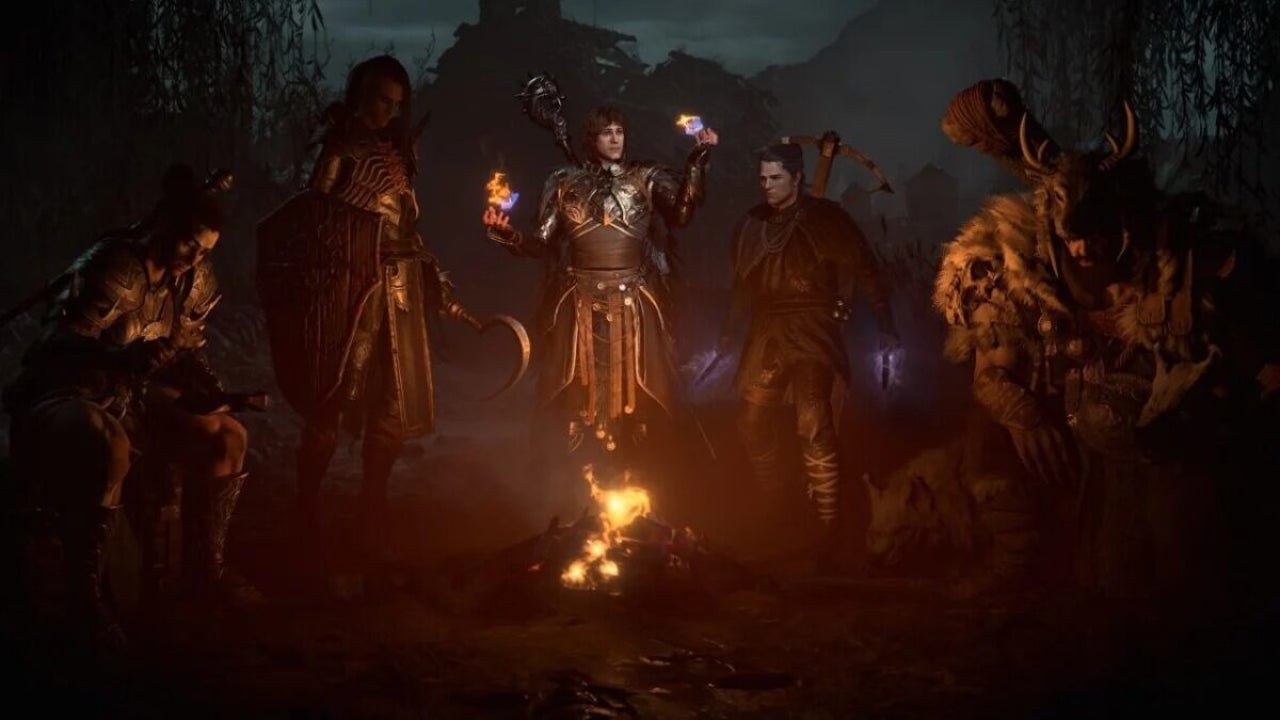News
Diablo IV: Which Class Should You Choose? A Look at Their Strengths and Weaknesses
We tell you about the five existing classes: the barbarian, the druid, the necromancer, the rogue and the sorceress.

- March 24, 2023
- Updated: July 2, 2025 at 2:44 AM

The second Diablo IV open beta is here. In just a few hours, Blizzard will start this new demo so that players around the world can access the game universe. Now, the key is to know what to do it with.
In Softonic today we go with one of those guides that is very useful, as we tell what are the classes available in Diablo IV, as well as what is the best depending on your play style. Let’s go with it.
Barbarian
Barbarians have unmatched strength and carry a weapon for every occasion. They utter menacing war cries to make the approaching hordes tremble.
Blizzard’s description of the barbarians is not misleading, is it? Barbarians are perfect for those players who are looking for melee as the main element, those who bet on an aggressive gameplay. They are pure tanks, the kind that not only cause great damage, but can also absorb a large number of hits without dying. It is a perfect class for those who, perhaps, prefer to go straight to the point and not measure every move so much.

Druid
Druids are wild shapeshifters who transform to fight alongside other creatures. They control the power of the earth, wind and storm, and unleash the wrath of nature with devastating effects.
If the barbarian is the pure frontal attack, the druid is a middle ground, that is to say, the ideal class for those who want a good attack with a good ranged attack (although not excellent either, we warn you). The druid can become an incredible bear, as well as being able to summon creatures that will help him in combat. He has some control with elemental abilities.

Necromancer
Necromancers are cunning summoners who command vengeful hordes of undead. They channel their essence and use bones, blood and shadows to defeat their enemies.
The necromancer specializes in summoning creatures. In other words: although she can attack in melee, her main utility is to summon other characters to fight for her. This makes her a somewhat vulnerable class, but in exchange she has a lot of power thanks to summoning. She reminds us quite a lot of the sorceress -which we will talk about later-, since it is a class where the opportunity cost in favor is high.

Rogue
Rogues are agile fighters specialized in long or close range combat. They are capable of defeating any enemy with their imbuing weapons and powerful combo attacks.
Fast movements, frenetic combat and a good combination of melee plus ranged attacks. The rogue is a perfect class for players looking for a faster combat system, that is, where each hit does not take away so much, but it is the succession of these that do the damage. Of course, they are usually short of life, so it is necessary to know how to handle them well in battle.

Sorceress
Sorceresses control the elements to ensure victory. Mastery of the forces of nature, they unleash lightning bolts, impaling their opponents with spikes of ice, and unleashing flaming meteor showers to obliterate any foe.
The name of the class already says it all. The sorceress is a terrible class for melee combat, but at a distance… it’s a cannon. As soon as you place her a few meters from the action, the sorceress can bring out all her magic. This class can be easily summarized in one way: it has a high risk when it comes to being used, since it has little life and defense, but its damage thanks to elemental attacks is incredible. If you want to bet on something risky, this is perfect.

Some of the links added in the article are part of affiliate campaigns and may represent benefits for Softonic.
Journalist specialized in videogames and technology. Almost two decades dedicated to it.
Latest from Nacho Requena Molina
You may also like
 News
NewsThe finale of Stranger Things will be shown in theaters and has already sold more than 1 million tickets
Read more
 News
NewsCreate retro-futuristic reels with Premiere Pro + Firefly
Read more
 News
NewsPluribus’ ending could have been much more bland, but an Apple executive suggested something else
Read more
 News
NewsIf there are no more Avatar movies, James Cameron knows how the story will continue
Read more
 News
NewsApple doesn't want its foldable iPhone to have wrinkles on the screen: is there a solution?
Read more
 News
NewsWe already know who will be the director of the Sleeping Dogs movie
Read more
